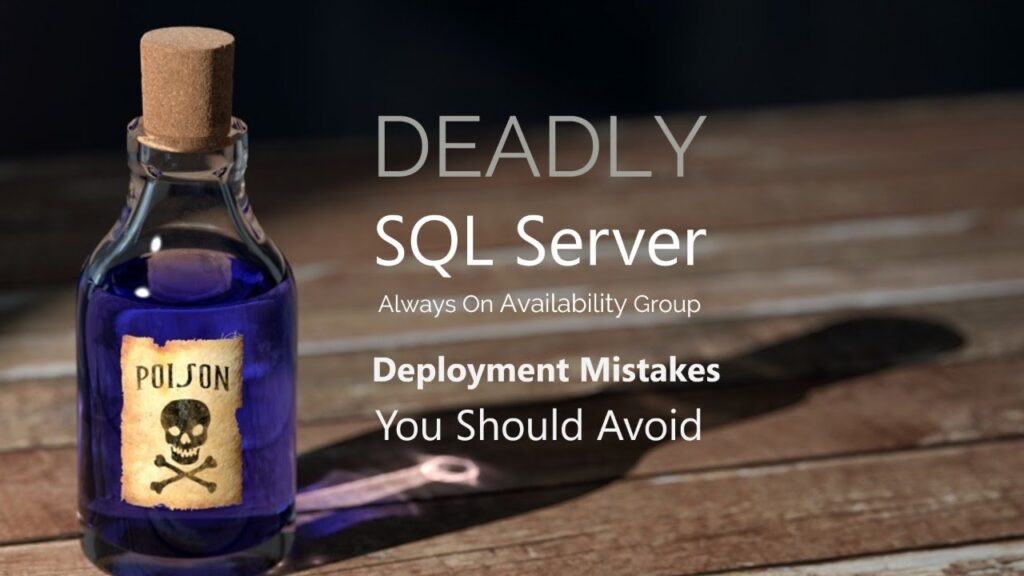Deploying SQL Server Always On Availability Group solutions is not an easy task. There are a lot of moving parts outside of SQL Server that Always On Availability Groups depend on. There’s the network, Active Directory, DNS, Windows Server Failover Cluster, etc.
And even when Microsoft provided a wizard that guides you through the creation process with a few mouse clicks doesn’t mean you are doing it right.
What’s worse is the complicated and confusing documentation that doesn’t explain what the wizard is doing. Even when you do your own research, it gets even more frustrating. It’s one article contradicting another YouTube video.
Whether you are using the wizards or using deployment scripts, are you aware of these deadly deployment mistakes? How sure are you that your deployment is not an outage waiting to happen?
Have you wasted a lot of time and effort trying to learn everything that you can…but not sure about whether you have a rock-solid solution?
Are you 100% sure that your solution will meet your company’s recovery objectives (RPO/RTO) and service level agreements (SLA)?
One deadly mistake can cost more than an outage. It can literally become a resume generating event.
On this week’s episode of the Practical SQL Server HA/DR Show, I’ll talk about these deadly SQL Server Always On Availability Group deployment mistakes you should avoid.
If you’re even a tiny bit concerned that your deployments are not properly configured because you may have made these deadly mistakes, then, don’t miss this episode.
I’ll be doing this on a weekly basis so make sure you keep an eye out for announcements on my social media profiles (LinkedIn | Twitter | YouTube)

